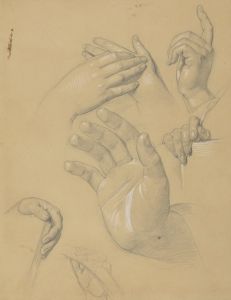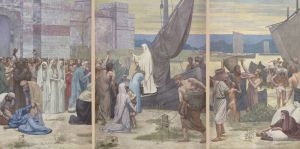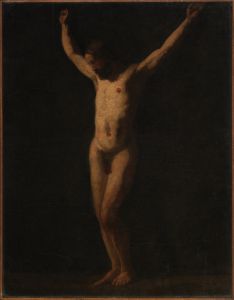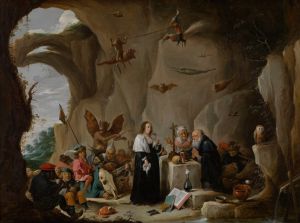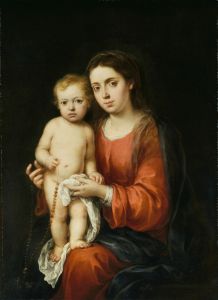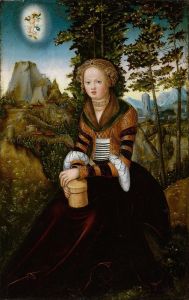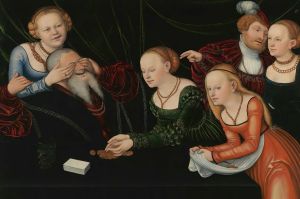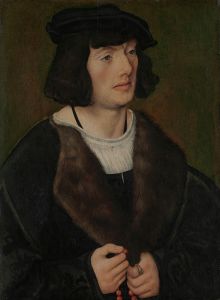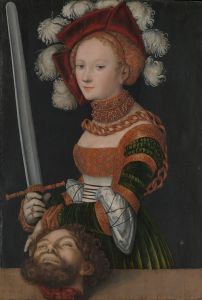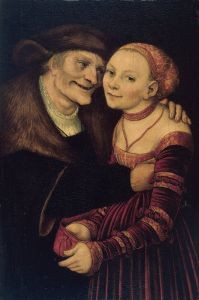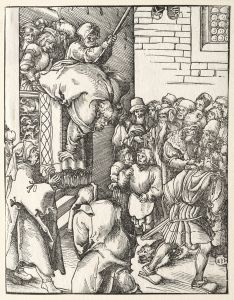
St. Barbara
A hand-painted replica of Lucas Cranach the Elder’s masterpiece St. Barbara, meticulously crafted by professional artists to capture the true essence of the original. Each piece is created with museum-quality canvas and rare mineral pigments, carefully painted by experienced artists with delicate brushstrokes and rich, layered colors to perfectly recreate the texture of the original artwork. Unlike machine-printed reproductions, this hand-painted version brings the painting to life, infused with the artist’s emotions and skill in every stroke. Whether for personal collection or home decoration, it instantly elevates the artistic atmosphere of any space.
Lucas Cranach the Elder, a prominent German Renaissance painter, created numerous works that reflect his mastery of portraiture and religious themes. One of his notable paintings is "St. Barbara," which depicts the Christian martyr and saint, St. Barbara. This artwork exemplifies Cranach's distinctive style, characterized by precise detail, vibrant colors, and a blend of Gothic and Renaissance influences.
The painting portrays St. Barbara, a revered figure in Christian tradition, who is often associated with themes of faith and protection. She is typically depicted with her traditional attributes, such as a tower, which symbolizes her imprisonment by her father, and a chalice with a host, representing her Christian faith. In Cranach's depiction, St. Barbara is elegantly dressed, reflecting the fashion of the time, and her serene expression conveys a sense of piety and grace. The artist's attention to detail is evident in the intricate rendering of her clothing and the delicate features of her face.
Lucas Cranach the Elder was known for his ability to combine religious iconography with a humanistic approach, making his saints appear approachable and relatable. This approach is evident in "St. Barbara," where the saint is presented not only as a holy figure but also as a person of dignity and strength. The painting likely served as a devotional image, intended to inspire the viewer's faith and devotion.
The exact date of the painting's creation is not definitively known, but it is believed to have been produced during Cranach's mature period, when he was at the height of his artistic career. Cranach was active in Wittenberg, where he served as the court painter to the Electors of Saxony. His workshop was highly productive, and he created numerous religious and secular works, often with the assistance of his apprentices.
"St. Barbara" is an example of Cranach's ability to adapt traditional religious subjects to the tastes and expectations of his patrons. The painting reflects the cultural and religious context of the early 16th century, a time of significant change and upheaval in Europe. While the Reformation was beginning to challenge established religious practices, Cranach maintained a connection to traditional Catholic iconography in works like this one.
The current location of "St. Barbara" is not specified in available records, and further details about its provenance or commission are not documented. However, the painting remains an important example of Cranach's contribution to religious art and his ability to convey spiritual themes with elegance and sensitivity.





